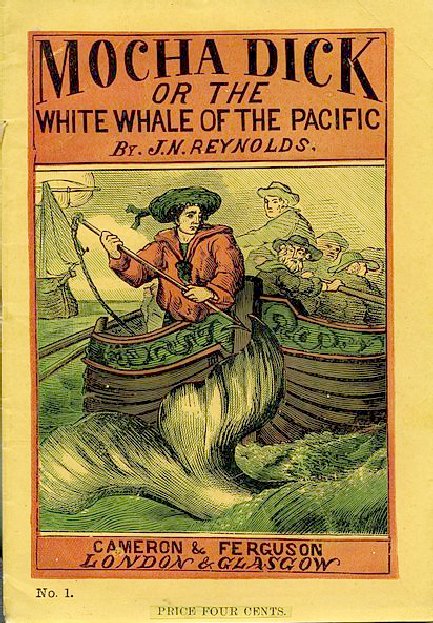
The greatest whale of them all was an albino male first spotted by man close off Mocha Island. Unlike the whale that sunk the Essex, this one displayed behaviour so inexplicable in terms of ethology that, to this day, no academic has ever attempted an explanation. This sperm whale had, not one point of human observation, but data from more than a hundred encounters, each with multiple witnesses. Though scholars might have placed this animal in the ‘too hard’ basket, the same cannot be said of the nineteenth century whalers and general public.
Such was his status that it was said that when whaling vessels rounding the Horn in the 1830s, sailors exchanged stories and updates of little else. One bestselling book was written about him.
In the nineteenth century, whaling ships didn’t attack their prey directly, but sent out smaller boats with harpooners. Thus a moderately clever whale who had seen it all before would be able to distinguish whalers from other ships, and to recognise when they were on the hunt. Mocha Dick must have at least made that association, as it was these longboats that he habitually joined as they made their way towards pods of females.
Mocha’s approach is often described as in the manner of a friend, whose only sin was to try to maneuver them away from their work. In general, it seemed that he would only attack if they tried to harpoon the great whale himself, to which purpose he was always very careful to expose only the least vulnerable parts of his body (especially his tail) to their weapons. If attacked in person, he would then proceed to splinter their longboats with his powerful flukes. Most whalers knew better, with at least 80% of encounters running without incident.
It is very hard to explain Mocha’s actions without invoking sapience, given that his modus operandi involved approaching professional whale killers. His actions took place over so many decades, that the whalers had every chance to adapt their techniques. He didn’t better one human, he outwitted a hundred teams of our most skilled mariners. This is not like a mouse repeatedly raiding the mousetrap, since there is no clear gain such as cheese for Mocha. Actually, there is a clear personal loss, as a whale this size needs to spend as much time feeding as he can, not socialising with humans.
Mocha Dick had a tendency to pluck them from the water, once their boats were destroyed, then consume them. He may then have acquired a taste for human flesh!
The
giant white whale in Herman Melville's Moby
Dick is modeled on the notoriously hard-to-catch albino whale, Mocha Dick,
with the book's ending based on the sinking of the whaling ship Essex in 1820.
Mocha Dick was eventually killed in 1838. His carcass was measured and found to be seventy feet long.
In twenty eight years, Mocha Dick had, by some accounts, over one hundred encounters with whaling
ships and reportedly killed over thirty men. The male whale attacked and damaged or sunk close to twenty whaleboats.
But Mocha Dick was not unique. It wasn’t the only white whale in the sea, nor was it especially hostile. In fact, sperm whales are known to be aggressive towards
ships if antagonized. In 1820, a giant sperm whale, about 85 feet long attacked a whaleship named the
Essex, causing her to sink. Her crew were left adrift in three whaleboats thousands of miles from land. One by one the men succumbed to starvation and dehydration until only eight of the original twenty men remained. They were rescued more than three months later. Seven of them had given up their lives so that the others could eat their bodies to stay alive. It’s a tale of unfathomable hardship and extreme desperation.
The legend of Mocha Dick continue to survive among inhabitants of Mocha Island. According to Mapuche mythology, there lives four elderly women on the island who are transformed every evening into four whales. The whales, called trempulcahue, take the souls of the dead to “Ngill chenmaywe” (place for people’s reunion), from where the souls began their journey westwards. It is believed that Mocha Island is the Ngill chenmaywe.
Approximately half of the island today is protected under the National Reserve program. Because of its sparse population, the island has a thriving bird population and lush virgin forest. The waters around the island is also teeming with numerous historic shipwrecks.
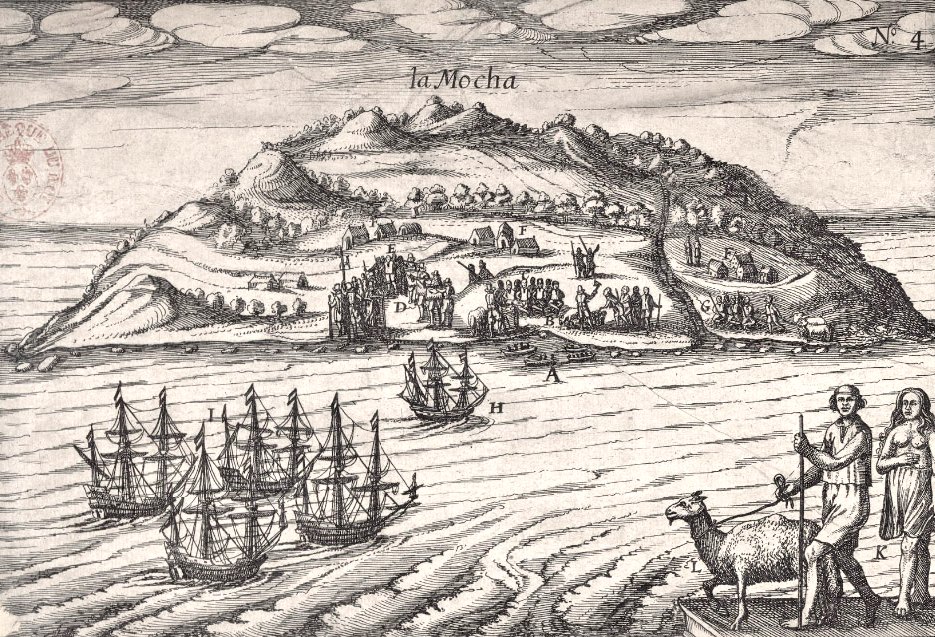
Mocha Dick, named after the island where it was frequently seen, was famous among English and Nantuck whalers. The enormous, albino sperm whale was actually quite docile, sometimes swimming alongside the very ships designed to kill its race. But once
attacked, Mocha Dick would turn violent and retaliate with such aggression that many whaling ships and boats have been lost to his attacks.
Mocha Dick’s ability to give the slip to even the most experienced whaling captain earned him reverence, and as his notoriety increased “his name seemed naturally to mingle with the salutations which whalemen were in the habit of exchanging, in their encounters upon the broad Pacific,” wrote American explorer Jeremiah N Reynolds in an 1839 issue of the magazine The Knickerbocker. “'Any news from Mocha Dick?,” whalers would ask each other at port.
The
book by Herman Melville in 1851 inspired Warner Brothers to make a film with John
Barrymore in 1930, followed by another the Moulin production with Gregory
Peck in 1956,
distributed by Warner Bros.
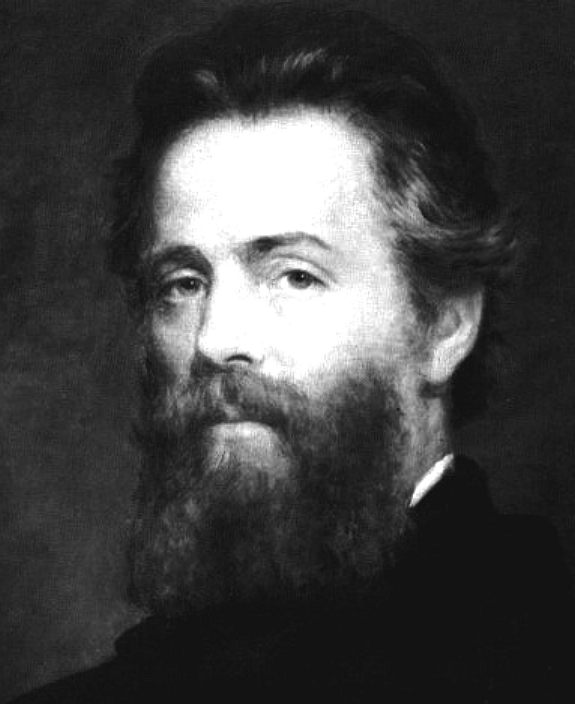
Herman
Melville combined the stories of Mocha Dick and the Essex sinking with
his own experiences aboard a whaling ship to produce a fictional work
that exemplifies the conditions of the time. If he had kept it shorter,
the book may have been more of success during his lifetime. The concise
version is nearer a popular edition. We cannot blame Melville for
wanting this epic tale to be something special.
Mocha Dick was a male sperm whale that lived in the
Pacific Ocean in the early 19th century, usually encountered in the waters near Mocha Island, off the central coast of Chile. American explorer and author Jeremiah N. Reynolds published his account, "Mocha Dick: Or The White Whale of the Pacific: A Leaf from a Manuscript Journal" in 1839 in The Knickerbocker. Mocha Dick was an albino and partially inspired
Herman
Melville's 1851 novel Moby-Dick. The whale was killed in 1838.
"Instead of projecting his spout obliquely forward, and puffing with a short, convulsive effort, accompanied by a snorting noise, as usual with his species, he flung the water from his nose in a lofty, perpendicular, expanded volume, at regular and somewhat distant intervals; its expulsion producing a continuous roar, like that of vapor struggling from the safety valve of a powerful steam engine."
Over the course of 28 years Mocha Dick earned a reputation as one of the most cunning and feared whales in the pacific ocean. During that span, he was spotted and attacked by at least 100 whaling ships. He successfully destroyed around 20 of those ships that attacked him, escaping all but the last.
According to the explorer and writer Jeremiah N. Reynolds, Mocha Dick finally met his downfall after observing a mother whale whose calf had just been killed by whalers. The mother whale first attempted to herd her calf away from the whalers after it had been harpooned, but soon the calf went belly up. When the whale realized her calf was dead, she turned on the whalers and attempted, unsuccessfully, to destroy their ship. Instead, she herself was harpooned and mortally wounded before she was able to strike the ship.
"Making a leap toward the boat, he darted perpendicularly downward, hurling the after oarsman, who was helmsman at the time, ten feet over the quarter, as he struck the long steering-oar in his descent. The unfortunate seaman fell, with his head forward, just upon the flukes of the whale, as he vanished, and was drawn down by suction of the closing waters, as if he had been a feather. After being carried to a great depth, as we inferred from the time he remained below the surface, he came up, panting and exhausted, and was dragged on board, amidst the hearty congratulations of his comrades
Overpowered by his wounds, and exhausted by his exertions and the enormous pressure of the water above him, the immense creature was compelled to turn once more upward, for a fresh supply of air, And upward he came, indeed; shooting twenty feet of his gigantic length above the waves, by the impulse of his ascent. He was not disposed to be idle. Hardly had we succeeded in bailing out our swamping boat, when he again darted away, as it seemed to me with renewed energy. For a quarter of a mile, we parted the opposing waters as though they had offered no more resistance than air.
Our game then abruptly brought to, and lay as if paralyzed, his massy frame quivering and twitching, as if under the influence of galvanism. I gave the word to haul on; and seizing a boat-spade, as we came near him, drove it twice into his small; no doubt partially disabling him by the vigor and certainty of the blows. Wheeling furiously around, he answered this salutation, by making a desperate dash at the boat’s quarter. We were so near him, that to escape the shock of his onset, by any practicable manoeuvre, was out of the question. But at the critical moment, when we expected to be crushed by the collision, his powers seemed to give way. The fatal lance had reached the seat of life. His strength failed him in mid career, and sinking quietly beneath our keel, grazing it as he wallowed along, he rose again a few rods from us, on the side opposite that where he went down.
‘Lay around, my boys, and let us set on him!’ I cried, for I saw his spirit was broken at last. But the lance and spade were needless now. The work was done. The dying animal was struggling in a whirlpool of bloody foam, and the ocean far around was tinted with crimson. ‘Stern all!’ I shouted, as he commenced running impetuously in a circle, beating the water alternately with his head and flukes, and smiting his teeth ferociously into their sockets, with a crashing sound, in the strong spasms of dissolution. ‘Stern all I or we shall be stove!’
As I gave the command, a stream of black, clotted gore rose in a thick spout above the expiring brute, and fell in a shower around, bedewing, or rather drenching us, with a spray of blood.
‘There’s the flag!’ I exclaimed; ‘there! thick as tar! Stern! every soul of ye! He’s going in his flurry!’ And the monster, under the convulsive influence of his final paroxysm, flung his huge tail into the air, and then, for the space of a minute, thrashed the waters on either side of him with quick and powerful blows; the sound of the concussions resembling that of the rapid discharge of artillery. He then turned slowly and heavily on his side, and lay a dead mass upon the sea through which he had so long ranged a conqueror.
‘He’s fin-up at last!’ I screamed, at the very top of my voice. ‘Hurrah! hurrah! hurrah!’ And snatching off my cap, I sent it spinning aloft, jumping at the same time from thwart to thwart, like a madman
We now drew alongside our floating spoil; and I seriously question if the brave commodore who first, and so nobly, broke the charm of British invincibility, by the capture of the Guerriere, felt a warmer rush of delight, as he beheld our national flag waving over the British ensign, in assurance of his victory, than I did, as I leaped upon the quarter deck of Dick’s back, planted my waif-pole in the midst, and saw the little canvass flag, that tells so important and satisfactory a tale to the whaleman, fluttering above my hard-earned prize.”
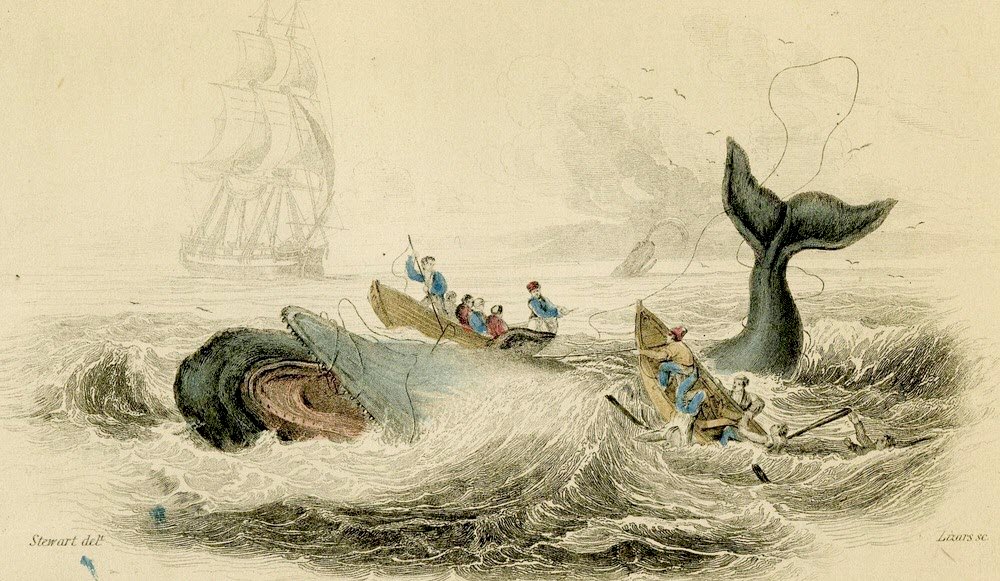
WAR RECORD
Mocha Dick survived many skirmishes (by some accounts at least 100) with whalers before he was eventually killed. He was large and powerful, capable of wrecking small craft with his fluke. Explorer Jeremiah N. Reynolds gathered first-hand observations of Mocha Dick and published his account, "Mocha Dick: Or The White Whale of the Pacific: A Leaf from a Manuscript Journal", in the May 1839 issue of The Knickerbocker.
Reynolds described Mocha Dick as "an old bull whale, of prodigious size and strength... white as wool. According to Reynolds, Mocha Dick's head was covered with barnacles, which gave him a rugged appearance. The whale also had a peculiar method of spouting:
Instead of projecting his spout obliquely forward, and puffing with a short, convulsive effort, accompanied by a snorting noise, as usual with his species, Mocha Dick flung the water from his nose in a lofty, perpendicular, expanded volume, at regular and somewhat distant intervals; its expulsion producing a continuous roar, like that of vapor struggling from the safety valve of a powerful steam engine.
Mocha Dick was most likely first encountered and attacked sometime before 1810 off Mocha Island. His survival of the first encounters coupled with his unusual appearance quickly made him famous among Nantucket whalers. Many captains attempted to hunt him after rounding Cape Horn. Mocha Dick was quite docile, sometimes swimming alongside the ship, but once attacked he retaliated with ferocity and cunning, and was widely feared by harpooners. When agitated he would sound and then breach so aggressively that his entire body would sometimes come completely out of the water.
In Reynolds' account, Mocha Dick was killed in 1838, after he appeared to come to the aid of a distraught cow whose calf had just been slain by the whalers. His body was 70 feet long and yielded 100 barrels of oil, along with some ambergris—a substance used in the making of perfumes and at times worth more per ounce than gold. He also had nineteen harpoons in his body.
A decade later, The Knickerbocker reported another sighting of Mocha Dick in the Arctic Ocean, concluding "Vive 'Mocha Dick'!"
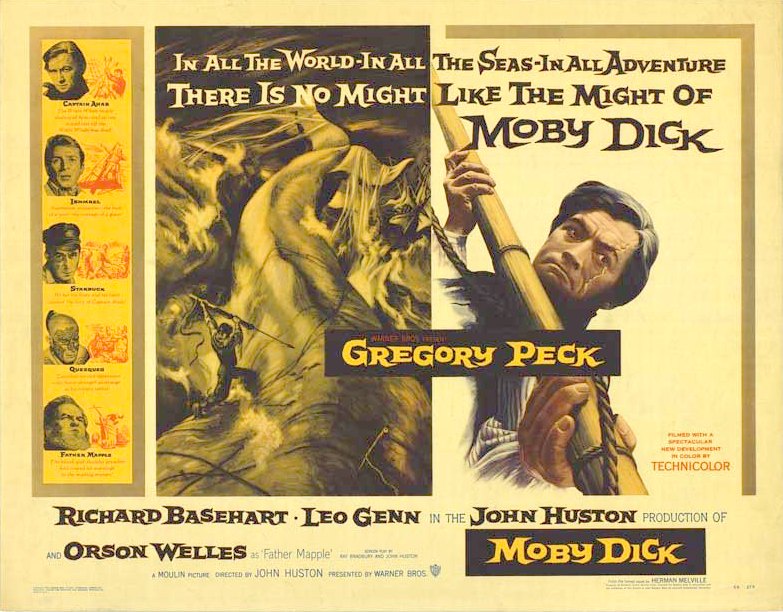
MOBY DICK LEGACY
Mocha Dick was not, apparently, the only white whale in the sea. A Swedish whaler claimed to have taken a very old white whale off the coast of Brazil in 1859. In 1902, the New Bedford whaling bark Platina, captained by Thomas McKenzie, harpooned and killed an albino sperm whale near the Azores in the
Atlantic
Ocean, using a harpoon tipped with an explosive device. Amos Smalley harpooned the white whale and recounted his experience to Reader's Digest. He remembers Captain McKenzie estimating by the wear on the whale's teeth that it was "at least a hundred years old, maybe two hundred". Smalley was a guest at the premiere of John Huston's film Moby Dick, 1956, where he was introduced as "the man who killed Moby Dick".
In 1952, Time Magazine reported the harpooning of a white whale off the coast of Peru. Since 1991, there have been sightings reported of a white humpback whale near Australia, nicknamed Migaloo. In 2012, a white humpback, nicknamed Willow the White Whale, was filmed off the coast of Norway. Sightings of white sperm whales have been recorded off Sardinia in the
Mediterranean Sea in 2006 and 2015.

LIST OF FAMOUS SPERM WHALES
Little Irvy
Moby Dick from the novel Moby-Dick
Mocha Dick
Monstro from Pinocchio
Pearl Krabs from Spongebob Squarepants
The sperm whale from the book The Hitchhiker's Guide to the Galaxy
Timor Tom from Moby-Dick
BLUE WHALES
KOBO
HUMPBACK WHALES
Delta and Dawn
George and Gracie from Star Trek IV: The Voyage Home
Humphrey the Whale
Migaloo
Mister Splashy Pants
Tay Whale
GRAY WHALES
Bonnet, Crossbeak, and Bone or Putu, Siku, and Kanik (in Inupiaq)
Fred, Wilma, and Bamm-Bamm in the book Big Miracle and film adaptation
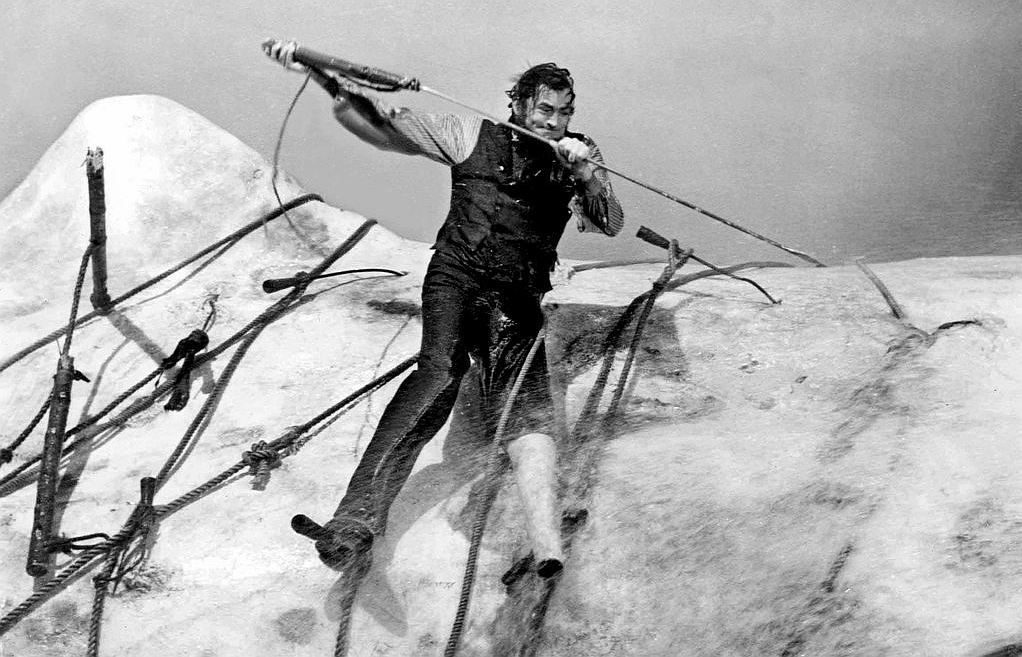
KULO
LUNA
Though
not a re-telling of the classic tale, in that the protagonist John Storm
is trying to save Kulo Luna, the concept of a whale sinking a whaling
ship is at the heart of the Jameson Hunter story development, such that
it may please readers who are familiar with the original work of Herman
Melville.
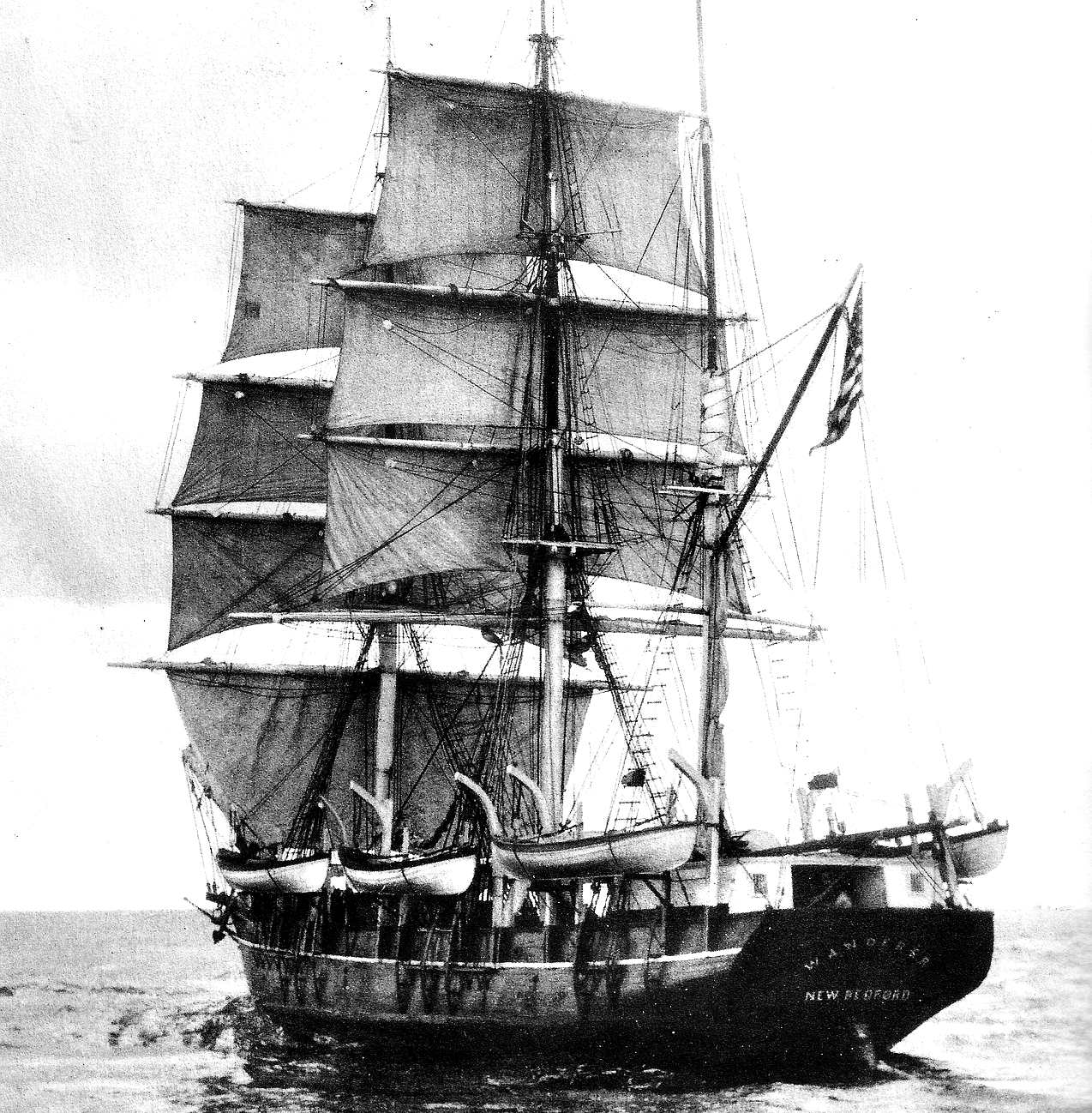
THE
ESSEX - This three-masted ship was made from white oak, especially known for its strength,
measuring 87 feet (26.5 metres) and just 239 tons displacement. There were 21 men on
board, including first-time captain, George Pollard, Jr.
On the 20th November 1820, a huge male sperm whale was spotted close to the ship. It was estimated to be 85 feet long where a typical male was no bigger than 65 feet.
The whale may have thought that the ship was another whale invading its territory. Whatever its reason, the whale began speeding toward the Essex, ramming the port side. After passing under the ship, the animal resurfaced and appeared stunned. It then resumed its attack “with tenfold fury and vengeance,” striking the bow and causing catastrophic damage before disappearing.
The Essex capsized. The crew rowed for land, many of whom were cannnibalized by the
others over an 89 day voyage. Only two survived.
First Mate Owen Chase wrote: 'Narrative of the Most Extraordinary and Distressing Shipwreck of the Whale-ship Essex' in 1821. Thomas Nickerson, a cabin boy on the Essex, later wrote his account of the sinking and rescue, but the notebook was lost and not published until 1984. Chase's work inspired Herman Melville’s Moby Dick,
published in 1851.
|
SCENE
|
DESCRIPTION
|
LOCATION
|
|
|
|
|
|
Prologue
|
Shard
Protest
|
51° 30' N, 0° 7' 5.1312''
W
|
|
Chapter
1
|
Arctic
Melt
|
580
W, 750 N
|
|
Chapter
4
|
Sydney
Australia
|
330
S, 1510 E
|
|
Chapter
6
|
Bat
Cave
|
330
20’S, 1520 E
|
|
Chapter
8
|
Whale
Sanctuary
|
200
N, 1600 W
|
|
Chapter
10
|
Pirates
|
330
N, 1290 E
|
|
Chapter
13
|
Solar
Race
|
200
N, 1600 W
|
|
Chapter
14
|
Darwin
to Adelaide
|
130
S, 1310 E – 350 S, 1380 E
|
|
Chapter
15
|
Six
Pack
|
200
N, 1600 W
|
|
Chapter
16
|
Whaling
Chase
|
240
N, 1410 E
|
|
Chapter
20
|
Empty
Ocean
|
200
N, 1600 E (middle of Pacific)
|
|
Chapter
24
|
Billion
Dollar Whale
|
250
N, 1250 E
|
|
Chapter
26
|
Rash
Move
|
140
N, 1800 E
|
|
Chapter
27
|
Off
Course
|
150
N, 1550 E
|
|
Chapter
28
|
Shark
Attack
|
100
N, 1650 E
|
|
Chapter
29
|
Sick
Whale
|
100
N, 1650 E
|
|
Chapter
30
|
Medical
SOS
|
100
N, 1650
E
|
|
Chapter
31
|
Whale
Nurse
|
100
N, 1650 E
|
|
Chapter
33
|
Storm
Clouds
|
150
S, 1550 E
|
|
Chapter
34
|
The
Coral Sea
|
150
S, 1570 E
|
|
Chapter
36
|
Plastic
Island
|
20
S, 1600 E
|
|
Chapter
39
|
Media
Hounds
|
170
S, 1780E
|
|
Chapter
40
|
Breach
of Contract
|
200
S, 1520 E
|
|
Chapter
42
|
Fraser
Island
|
250
S, 1530 E
|
|
Chapter
43
|
Congratulations
|
250
S, 1530 E
|
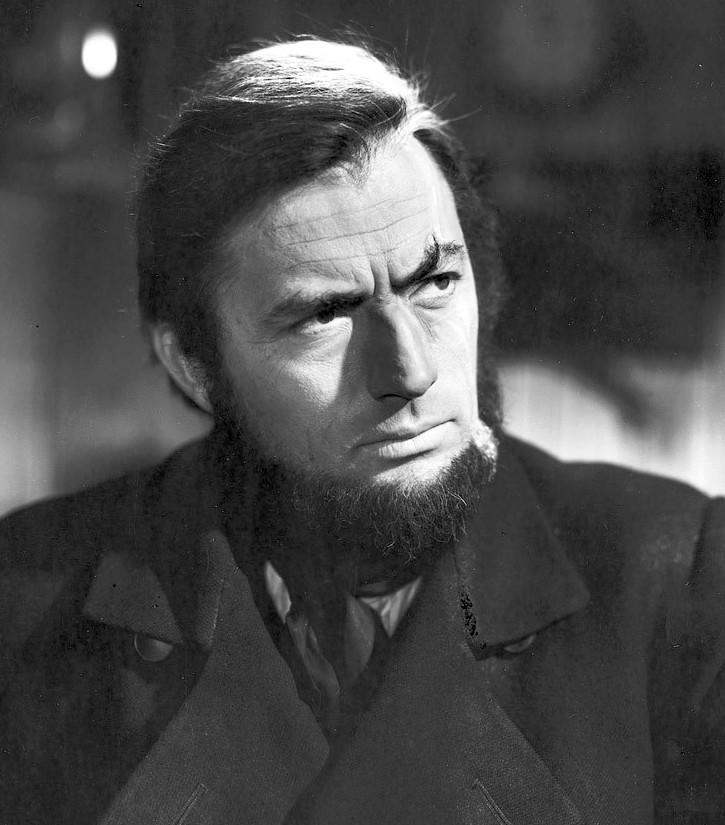
Whaling in the 19th century was a lucrative business as whale oil became immensely valuable for lighting oil lamps and making candles and soaps. More than 900 whaleships were out to sea in the mid-1800s, hailing mainly from American ports, with an average voyage length of three or four years.
By the mid 19th century, whale numbers were depleting rapidly. But with the discovery of
petroleum in Pennsylvania in 1859, the American whaling industry had almost completely disappeared by the start of World War I.
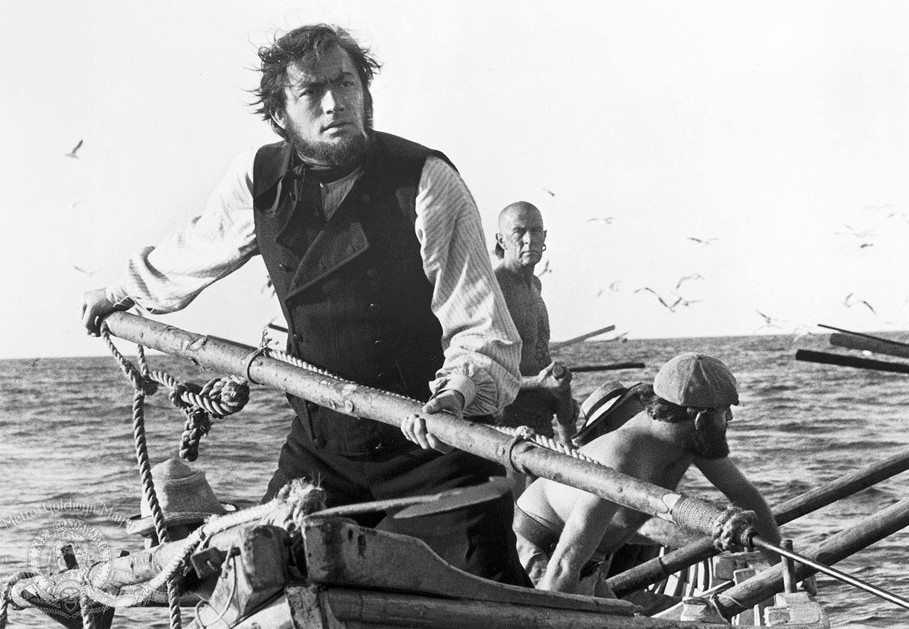
Please use our
A-Z INDEX to
navigate this site









